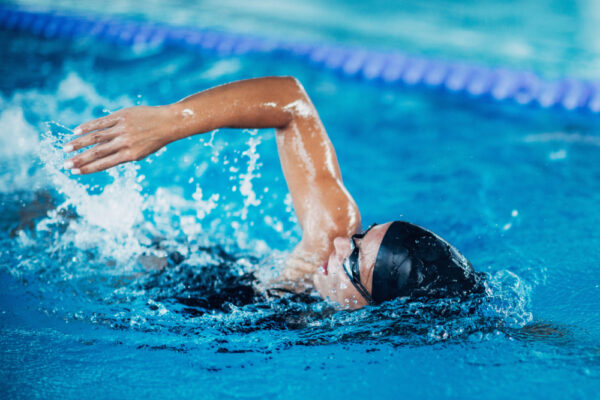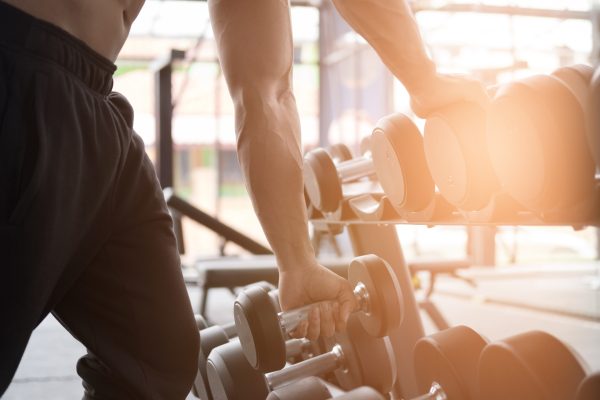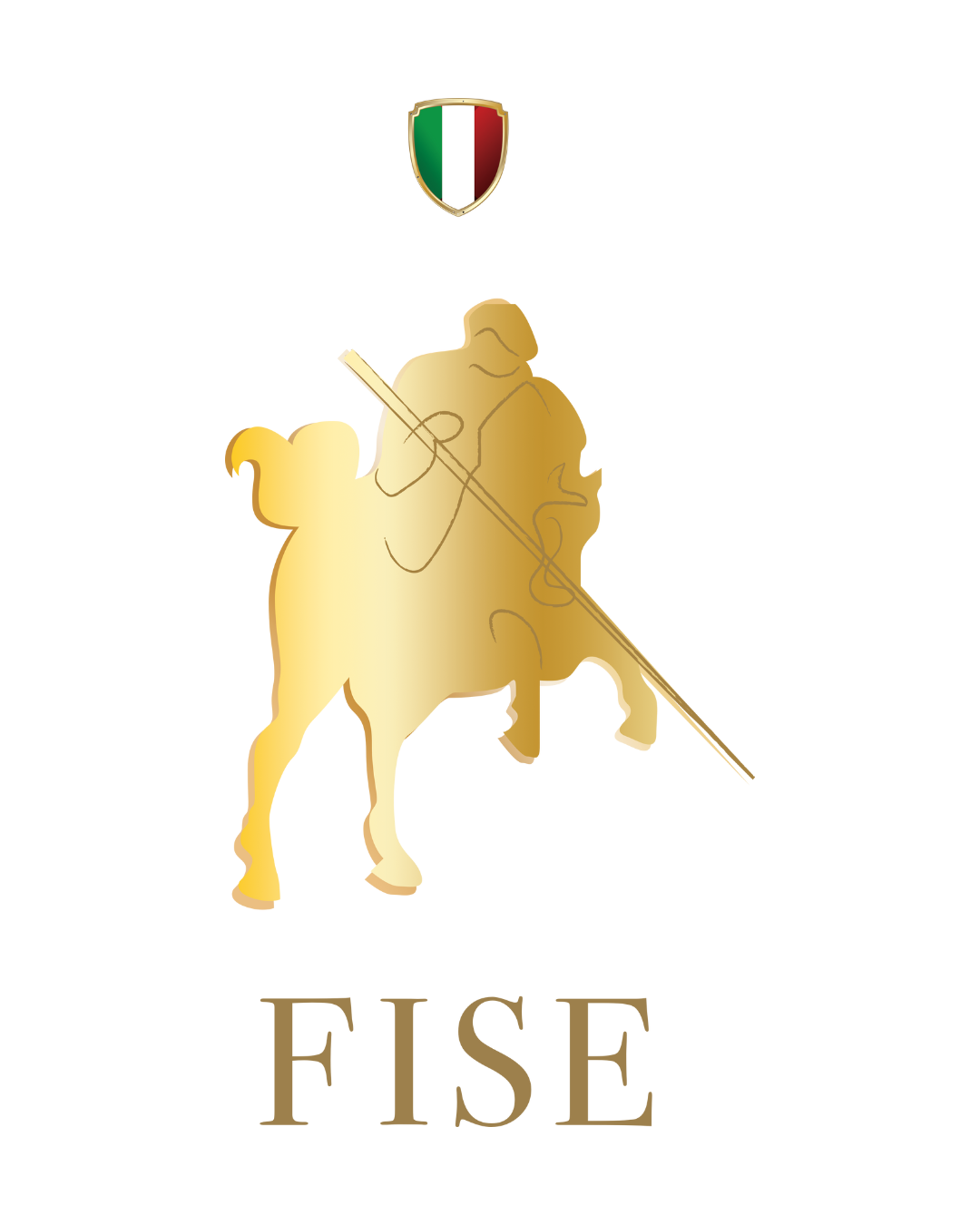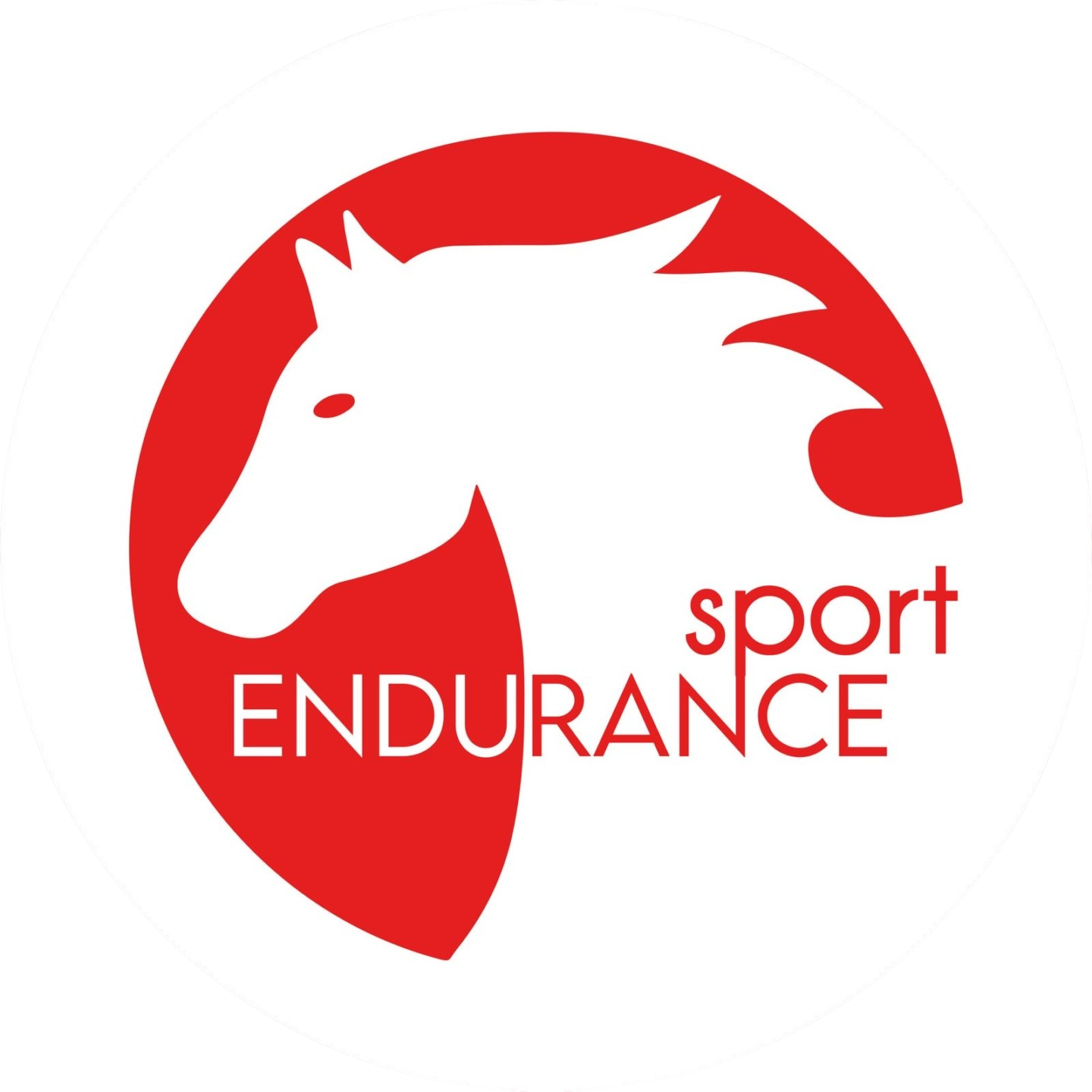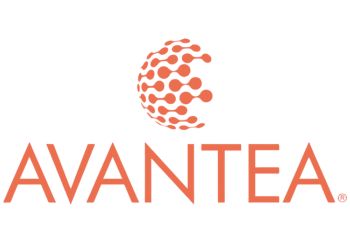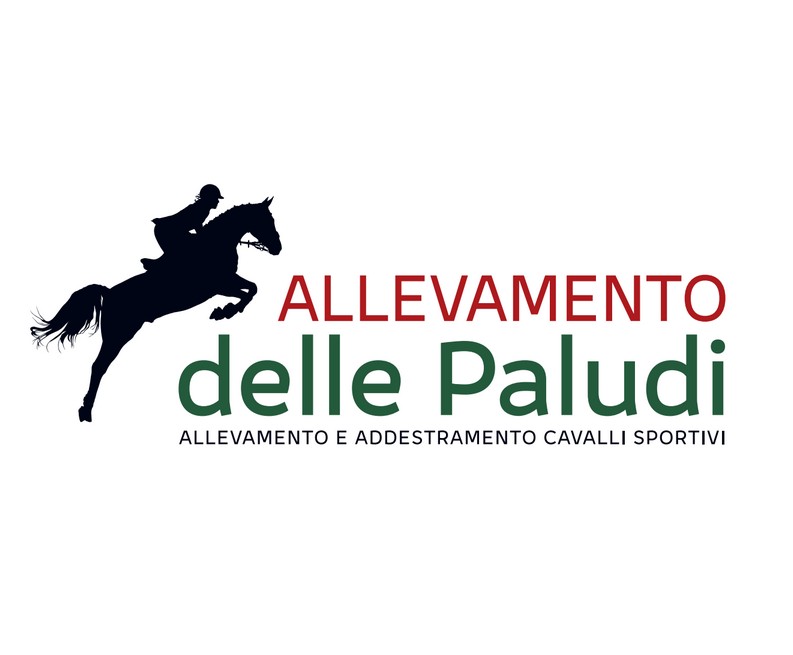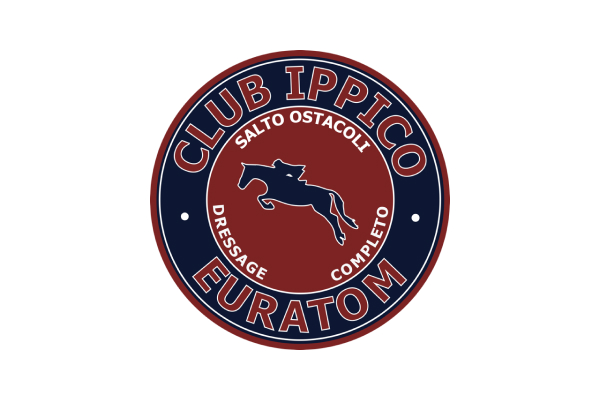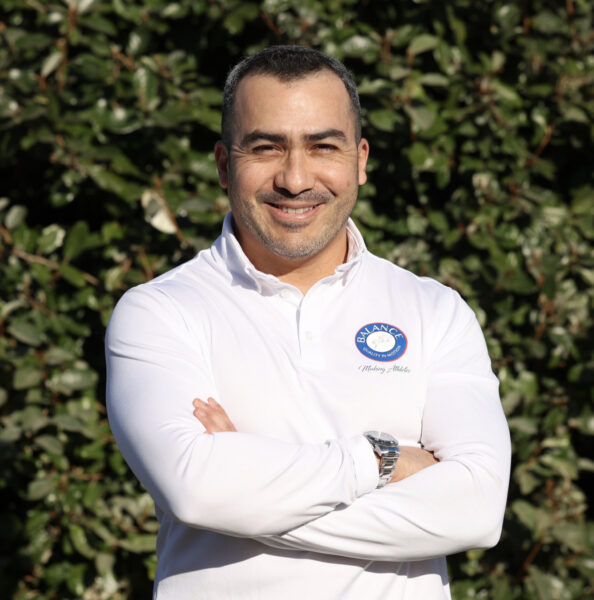
Michael Pellegrino: Building Athletes from the Inside Out
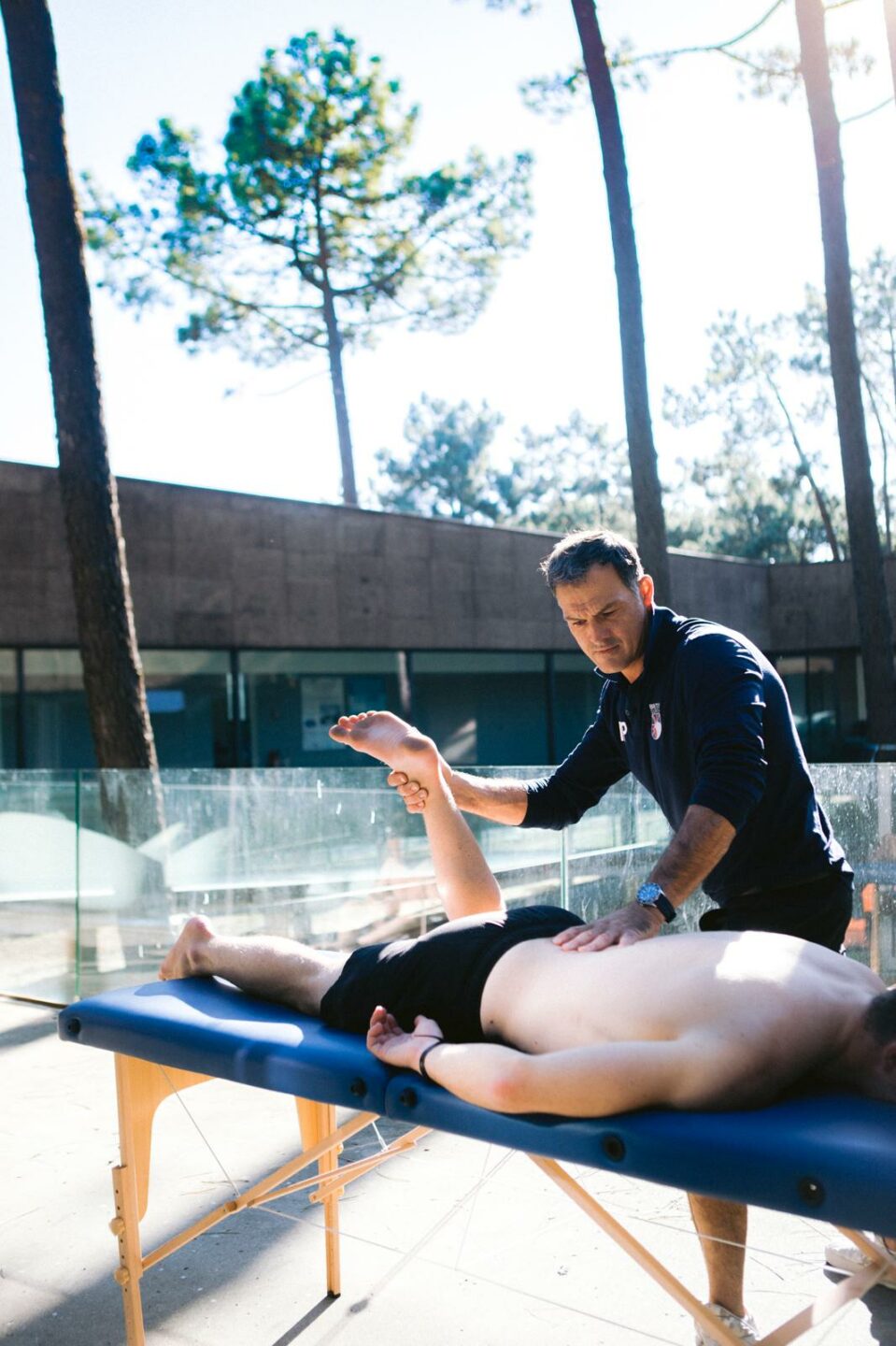
When it comes to training elite athletes, Michael Pellegrino brings far more to the table than sets and reps. With a philosophy rooted in biomechanics, structural balance, and human performance science, Pellegrino has worked with Olympians, Formula 1 drivers, professional rugby and football players, and high-performing equestrians like currently Inigo Lopez De La Osa. His mission is clear: to uncover and correct the hidden limitations that hold athletes back, while building the resilience and strength they need to thrive.
At the heart of Pellegrino’s approach is injury prevention. “When you train competitive athletes, what’s your main focus — skill-specific conditioning, general strength, or injury prevention — and why? My primary focus when training competitive athletes is identifying and addressing weak links—such as muscular imbalances, mobility restrictions, or technical inefficiencies—that could lead to injury or hinder performance. Through a detailed bio mechanical and movement assessment, I prioritise injury prevention to build a strong foundation for sport-specific performance optimisation.”
This philosophy extends into how he views muscle development. Rather than chasing size for its own sake, Pellegrino emphasizes function. “The balance between hypertrophy and functional strength training depends on the athlete’s sport and current physical condition. I prioritise functional hypertrophy, which builds muscle size while enhancing strength and athletic performance. For instance, I incorporate compound movements like squats or deadlifts with moderate to high repetitions to promote muscle growth while ensuring sport-specific functionality, keeping the athlete agile and powerful.”
Training, however, doesn’t exist in a vacuum. It must ebb and flow with the demands of competition. For Pellegrino, periodization is key: “For most athletes, I employ undulating periodisation, which varies training intensity and volume to provide fresh stimuli, prevent plateaus, and optimise performance. In show jumping, where the competitive season is extended, I focus on heavier strength training during non-competition weeks to build power and resilience. During competition weeks, I shift to flexibility, mobility, and muscle activation exercises to maintain performance while minimising fatigue and injury risk.”
Of course, peak performance requires more than just training cycles—it demands recovery. Pellegrino doesn’t mince words when it comes to what works and what doesn’t. “Effective recovery starts with non-negotiable fundamentals like quality sleep and proper hydration, which significantly impact performance. I also prioritise targeted soft tissue work, such as myofascial release or massage, to restore muscle and connective tissue function. I find foam rollers overrated, as improper use can cause excessive pressure or inflammation. In contrast, cold exposure, red light therapy, and hyperbaric oxygen treatments are highly effective for reducing inflammation and accelerating recovery.”
His injury prevention strategies are equally rooted in precision. “Postural imbalances are the most common issues I observe, particularly in equestrian sports, where repetitive movements cause excessive tension in some muscle groups and weakness or restricted mobility in others. I address these through a method called Kinetic Chain Enhancement, which recalibrates flexibility, strength, and skeletal alignment using targeted exercises and corrective movements. For example, to correct tight hip flexors and weak glutes in riders, I incorporate specific stretches and strengthening drills to restore balance and enhance performance.”
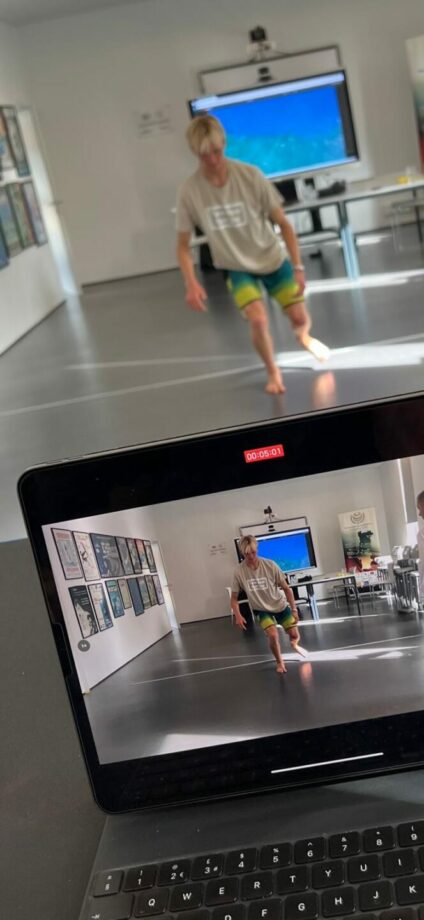
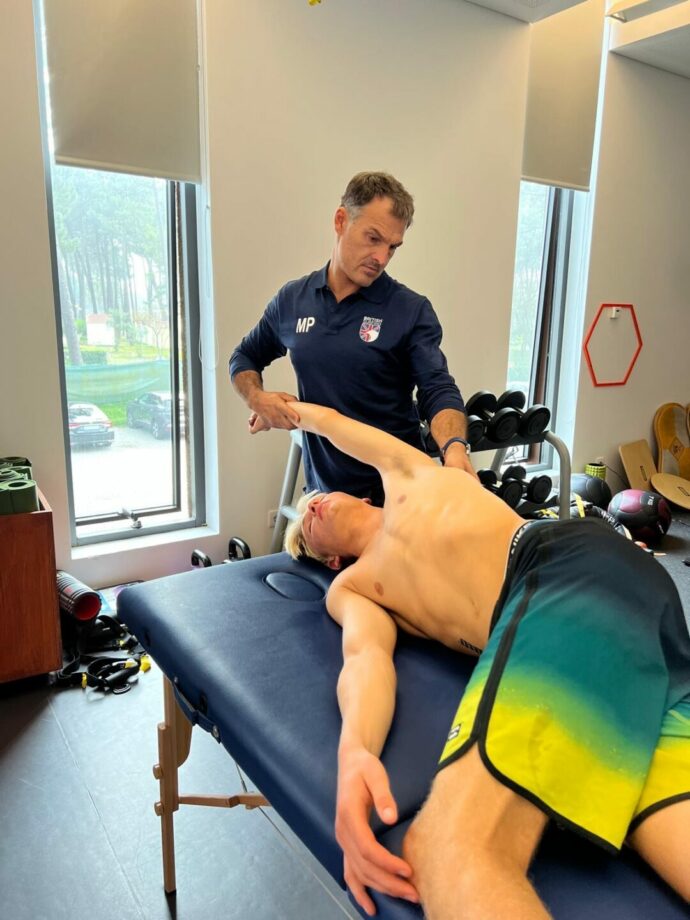
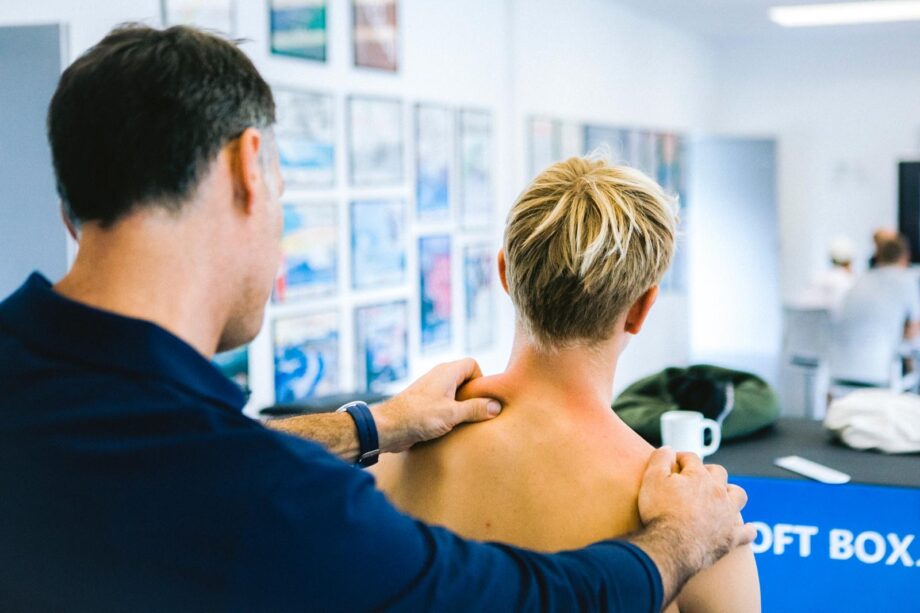
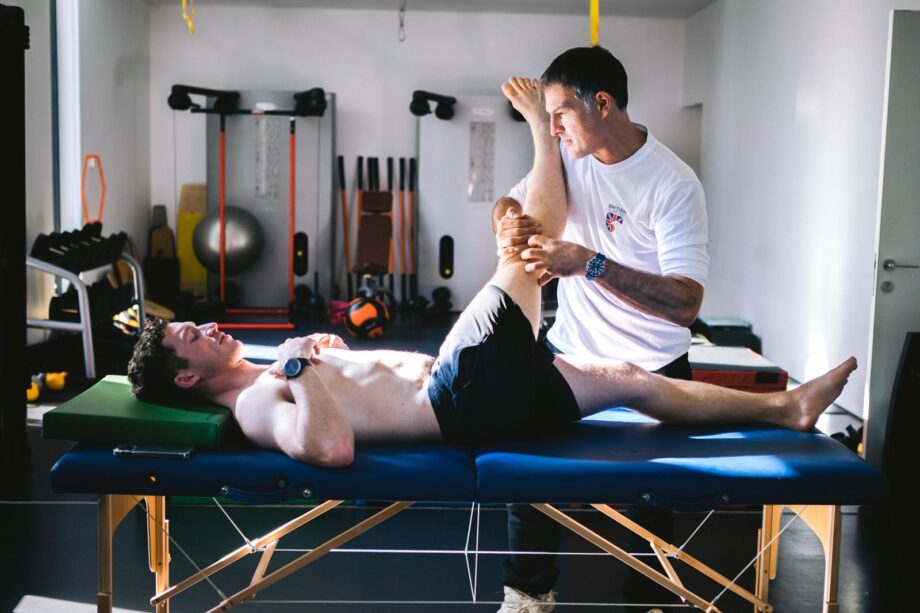
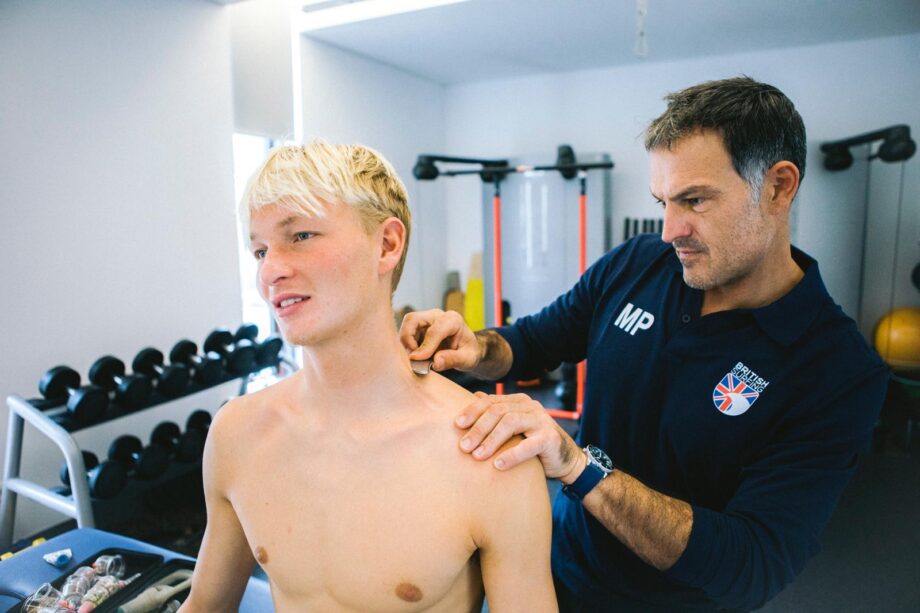
Nutrition, too, is carefully individualized. Pellegrino employs advanced assessments to ensure athletes are fueled in alignment with their hormonal and metabolic needs. “To optimise nutrition and recovery, I start with a BioSignature assessment, which analyses an athlete’s body fat distribution to infer hormonal imbalances and determine their macronutrient needs (protein, carbohydrates, fats). This enables me to create a personalised nutrition plan aligned with the athlete’s training schedule and lifestyle. For example, an endurance athlete might receive a higher-carb plan timed around workouts to fuel performance and recovery, supplemented with targeted nutrients like omega-3s or electrolytes for optimal health.”
Finally, when meeting new athletes, Pellegrino prioritizes individualization above all else. “To maximise an athlete’s performance, I begin with a comprehensive structural balance assessment to evaluate strength, symmetry, and movement patterns, independent of their sport. This establishes a solid foundation, addressing imbalances that could lead to restricted performance or injury. Once this baseline is set, I design a program tailored to the sport’s demands, the athlete’s physical capabilities, and their recovery capacity, factoring in their lifestyle. For instance, a high-energy athlete with a demanding schedule might benefit from shorter, intense sessions. While I consider the athlete’s personality to ensure engagement, the focus remains on achieving measurable results over entertainmenT.”
More Than Just Training
Michael Pellegrino’s work transcends conventional strength and conditioning. By merging biomechanical precision with recovery science, nutrition, and individualized program design, he ensures that athletes don’t just get stronger—they get more resilient, balanced, and adaptable.
In Pellegrino’s words and in his practice, one truth shines through: performance starts with prevention, and greatness is built on balance.
Valentina Sozzi . Ph Courtsy of Michael Pellegrino
© Rights Reserved.





.png)
